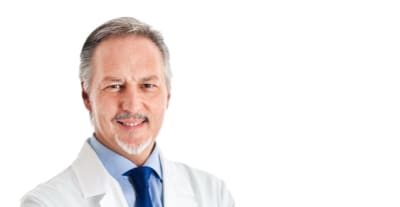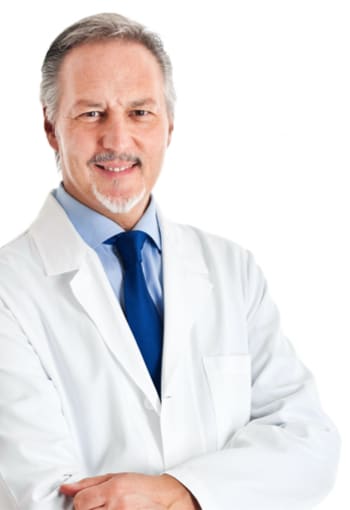Chin Surgery
Chin surgery (genioplasty) is a facial cosmetic surgery that can increase or reduce the length and projection of the chin. There are two basic approaches to chin surgery:
- The chin bone is moved and fixed in a new position with wires and screws.
- An implant is used to add size to a receding chin.
While patients may have elective chin surgery for cosmetic reasons, the surgery also can be part of a more comprehensive planned jaw surgery for a receding lower jaw.
Chin Surgery Consultation
Every surgical procedure should begin with a consultation that discusses the goals of the surgery, medical conditions, potential risks and other factors to ensure the surgeon and patient have an understanding.
During a consultation for chin surgery, patients should be prepared to discuss:
- The patient’s goals for the surgery (e.g., increase or reduce the length or projection of the chin, or part of a multi-procedure effort).
- Medical conditions, including drug allergies and any previous relevant treatments.
- General health, particularly any pre-existing conditions or risk factors for the procedure.
It is important for an honest discussion of expectations to occur during a consultation. A patient’s age, health, skin texture, bone structure and other factors can affect the results of chin surgery.
A consultation also is the ideal time to ask essential questions about the procedure, such as:
- What is expected of the patient to achieve the best results?
- What type(s) of anesthesia will be used?
- How long will recovery be?
- What are the risks and complications of chin surgery?
Procedure: Sliding Genioplasty
Chin surgery is performed under general anesthesia and often with other surgeries as part of corrective jaw surgery or a greater facial cosmetic surgery plan. Genioplasty surgery may be performed from inside the mouth, leaving no visible scars on the face:
- The surgeon first makes an incision through the gum on the inside lower lip to access the jawbone and chin.
- A small saw is used for a controlled break of the bone.
- The bone is now free to be adjusted and moved to its new position.
- After everything is in place, the surgeon will secure the bone with small metal plates and screws.
- Calipers are used to confirm the chin has been adjusted the precise distance planned, and the incisions are closed.
Procedure: Chin Implant
To correct a receding chin, the surgeon may suggest placing a chin implant. The surgeon will:
- Determine the shape and size of the implant used.
- Place the implant either through the mouth or a small hidden incision under the chin.
Chin Surgery Recovery
If chin surgery is part of a corrective jaw surgery, the recovery may be more prolonged. A dressing is placed on the chin for soft-tissue support and is usually removed within one week after surgery. Some soreness and discomfort are normal. Patients should follow their surgeon’s medication regimen.
Immediately after the operation, the chin will feel tight and swollen, with swelling and bruising worsening on the second or third day after the operation. Swelling can be reduced through the application of cold compresses. The majority of swelling should disappear within two weeks.
Find an OMS near You
As experts in face, mouth and jaw surgery, oral and maxillofacial surgeons are trained in facial cosmetic procedures, including chin surgery. Whether considering chin surgery as part of a greater corrective jaw or facial cosmetic surgery plan, patients should consult an OMS.
While surgery may refine, rejuvenate or enhance existing features, the decision to have chin surgery or other facial cosmetic procedures should not be made lightly. Please talk with your OMS to understand expectations.

